The Anglican Church of St Andrew, Walkerville in South Australia, was one of the earliest churches built outside the parklands of Adelaide and was the first church to be built free of debt.
In 1847, meetings were held at the Sussex Hotel, Walkerville Terrace to plan the building of a church in the area. The local brewer, William Williams gave the land, and enthusiastic support was given by his friends. St Andrew’s was built and dedicated in 1848.
Since its consecration on 23 August 1848, the church has undergone three major additions, with the combined result that none of the original 1848 fabric now remains. Although different materials were used for each addition, the church’s original Gothic revival style was maintained.
Adding to its early English Gothic appearance, St Andrew’s Church has an outstanding collection of late-nineteenth and early-twentieth century stained-glass windows and a fine pipe organ.
St Andrew’s is a prominent landmark in the Town of Walkerville and the iconic clock tower forms the centrepoint of the town logo.
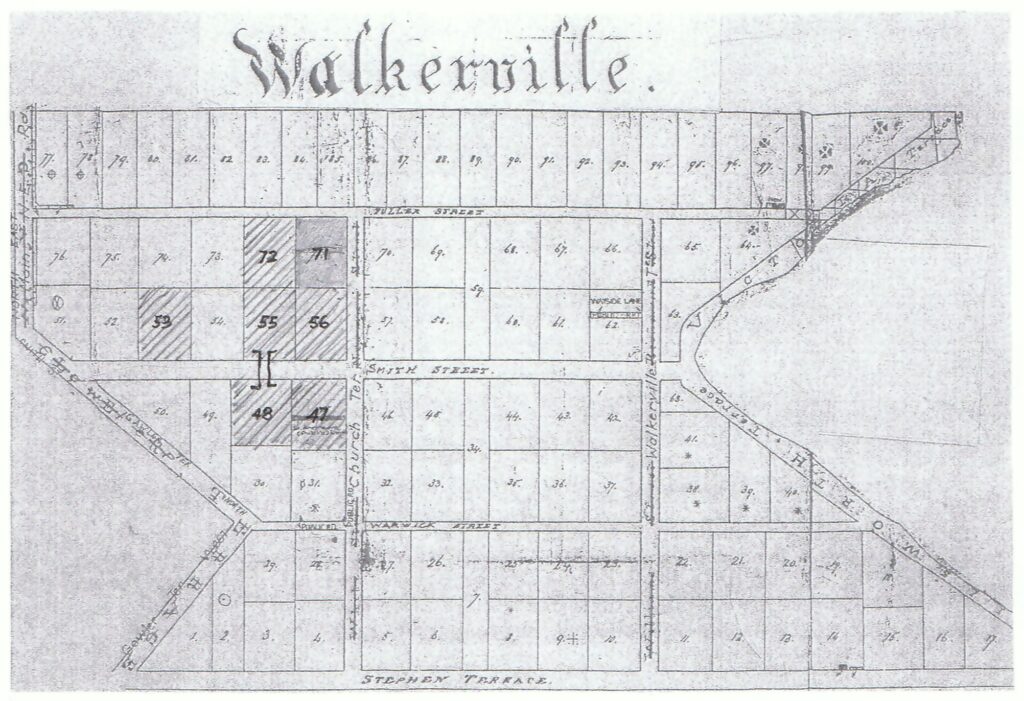

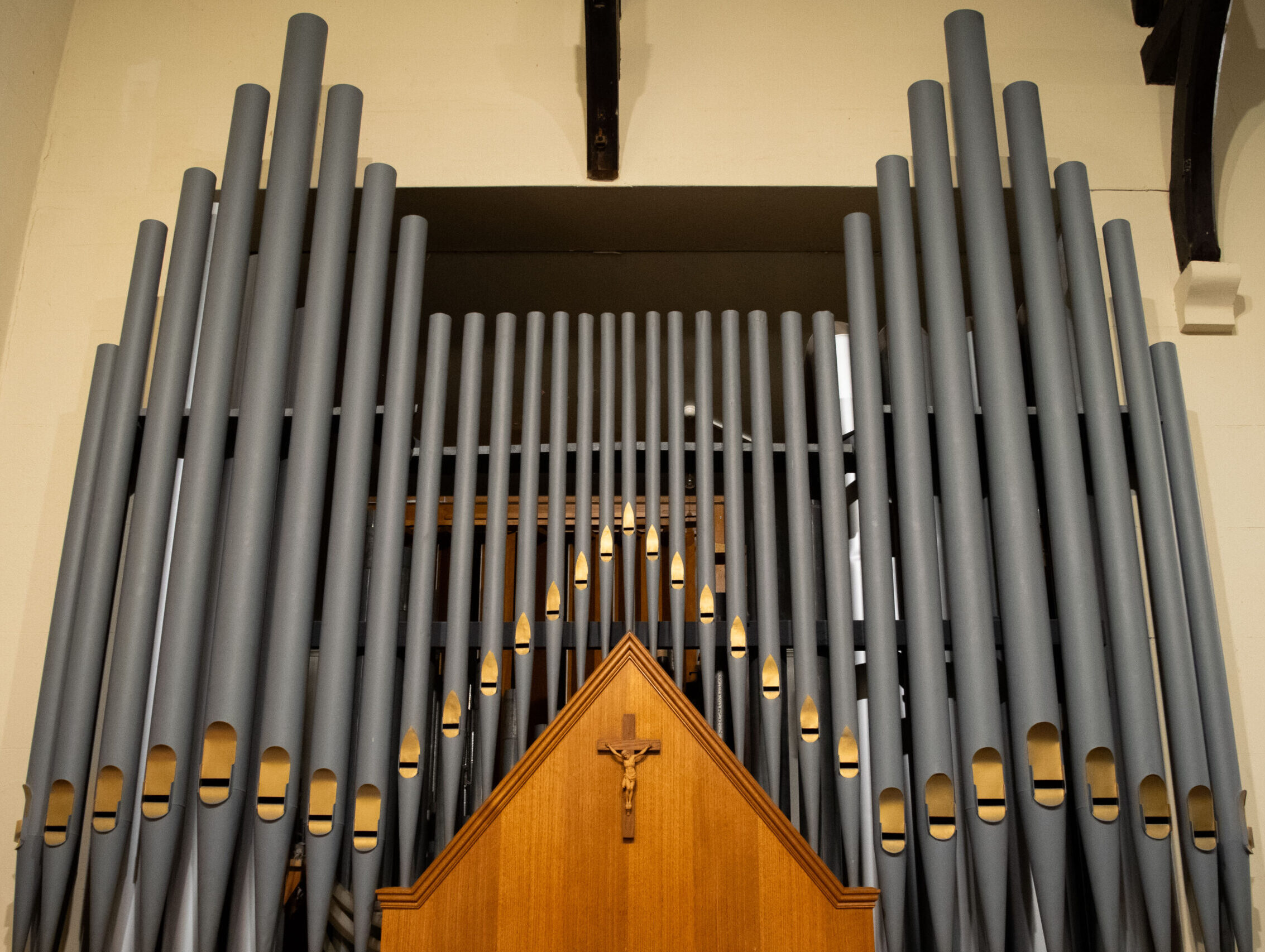
The Organ
The Church is blessed with a pipe organ of special musical significance which has served well since the last major rebuild 44 years ago.
The Organ is used regularly to accompany the services at St Andrew’s Church and at significant festivals and other special occasions such as the many weddings and funerals held in the church.
The Organ is used for recitals, especially in the Adelaide Fringe Festival, for carol services and other special choral festivals.
The Organ was restored and completely rebuilt in 1962 as a War Memorial Organ. The former tuner, Mr Leith Jacob, who worked on the 1962 rebuild, completed the restoration and rebuilding of the organ in 2008. This was made possible by the generous response from parishioners over recent years who contributed to this stage of the project.
Memorial Rose Garden
The Memorial Rose Garden was planted in 1963 on the Fuller Street boundary beside the Church. It provides for the interment of ashes by families who wish to use such a facility. There are no fees, and no plaques installed. Ashes are technically scattered, which means they are not buried in a container.
Upon request some families have been permitted to contribute a memorial rose planting, according to the original layout and thus increasing the number of roses in the garden. The names of those whose ashes have been interred are written in a memorial book that is availble on request.
There are no restrictions on whose ashes may be buried in the Rose Garden. Although no fees are required you may wish to consider giving a donation to the work of the Church.
A short form of prayers is used when ashes are interred at a time convenient to the family, or at the end of a Sunday service.
Please speak to the Rector to discuss the matter further.

The Bells
The Bell Tower has presided over Walkerville since 1886, replacing the earlier building. Standing alone from the Church at 21.3m tall and made
of Tapley’s Hill sandstone, it houses the first peal of Bells in Adelaide and the JW Benson, London, clock. The peal of six was made by Mears and Stainbank, Whitechapel foundry and tuned to F#. The clock is wound by hand weekly, and the chimes are connected to the bells.
During Covid, 2020, the Bells were sent to the UK Taylors Foundry in Loughborough for a complete overhaul. Metal hangers replaced the old original oak; another floor was added to the tower and a new spiral staircase replaced the old wooden ladders which bellringers had to scale
to reach the ringing room. Much of the church work was assisted by volunteers and the bellringers.
These Bells have rung out for weddings, funerals, important events and the Sunday Services for nearly 140 years. The Town of Walkerville recognised this popular landmark, using the Tower on its logo. The image also decorates the Mayoral Chain. It is thanks to many generous benefactors that it stands today and the Guild of Ringers continue to ring out over Walkerville.
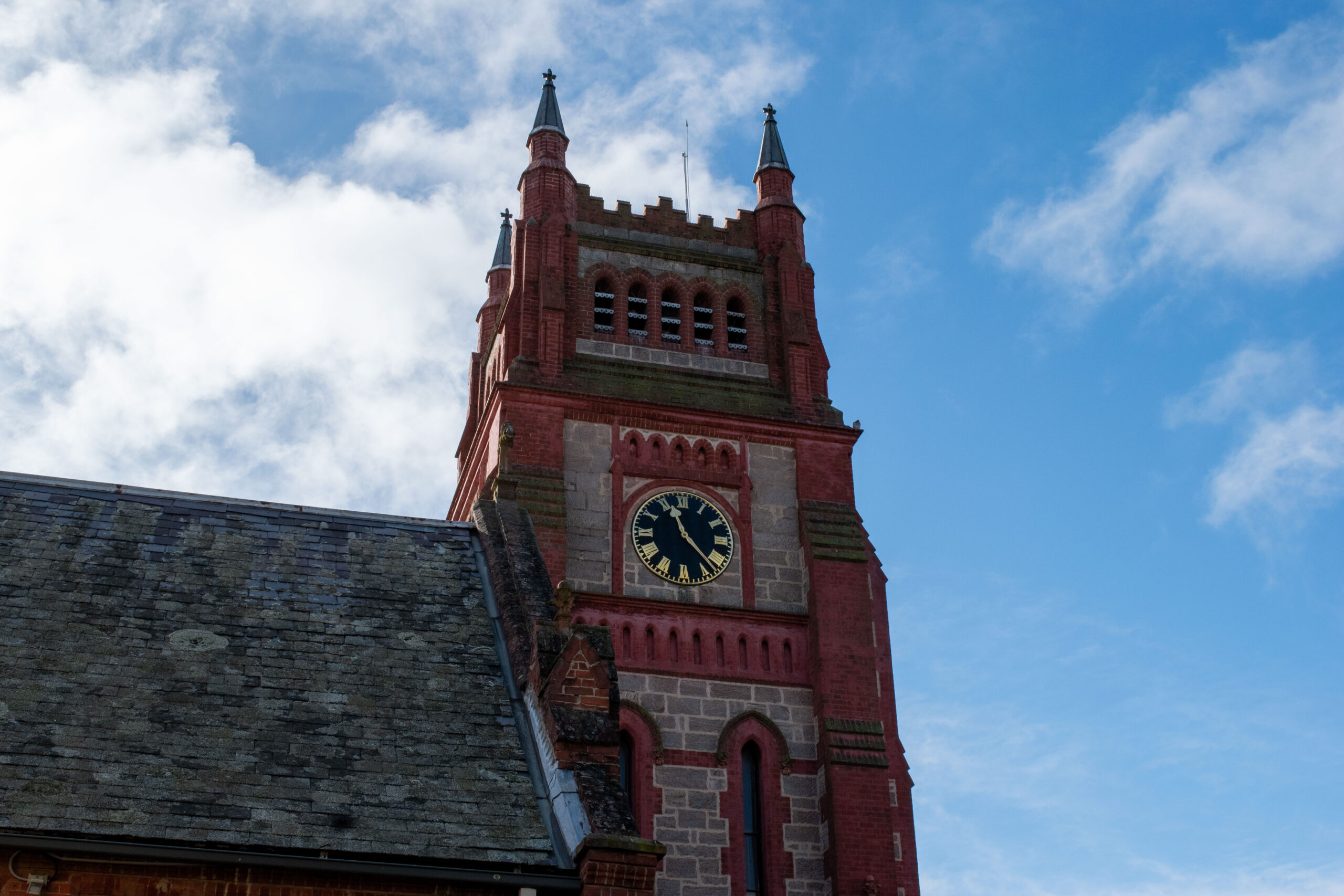
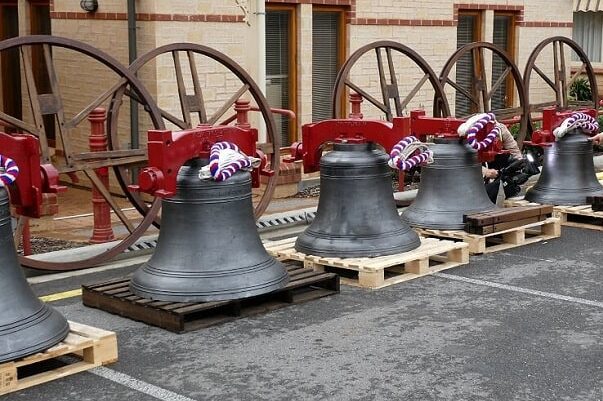
The Stained Glass Windows
St Andrew’s Church is fortunate to have an extensive collection of stained glass windows, the majority of which are from the British Company of James Powell and Sons of Whitefriars. This firm was established in 1680 and did not begin making stained glass until the nineteenth century,
when it revived the interest in medieval glass. By 1870, it became one of the most progressive firms making stained glass. During its history,
the Whitefriars Studio boasted many eminent designers who’s work is displayed in the windows of St Andrews.
Another company displaying windows at St Andrew’s is Morris and Co. The figures of St Gabriel and St Michael in the nave are designed by
Burne-Jones, the most notable of Morris and Co.’s designers.
The Parish Centre
The Parish Centre is attached to the western side of the Church and was completed in December 2000. It hosts the Parish Office, Rector’s Office, library, kitchen, and a versatile space for community and external events.
The old Parish Hall is also located on Church Terrace and was sold to St Andrew’s School in 1994. The Parish Centre was built with the funds from the sale.
The artwork on the Parish Centre exterior is made entirely of stainless steel. It depicts a sunburst, the St Andrew’s Cross and gold-leafed doves which represent the Holy Spirit. It was created by Gerry McMahon in 2002.
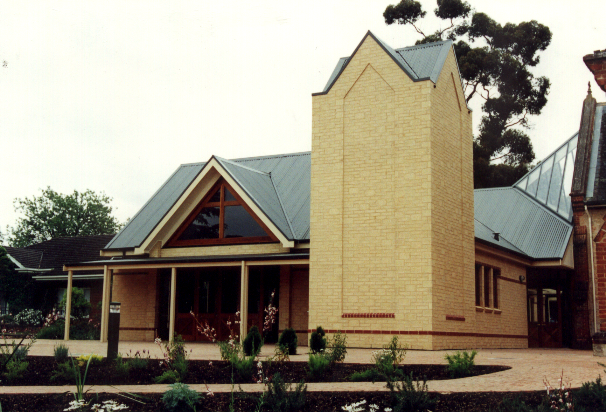
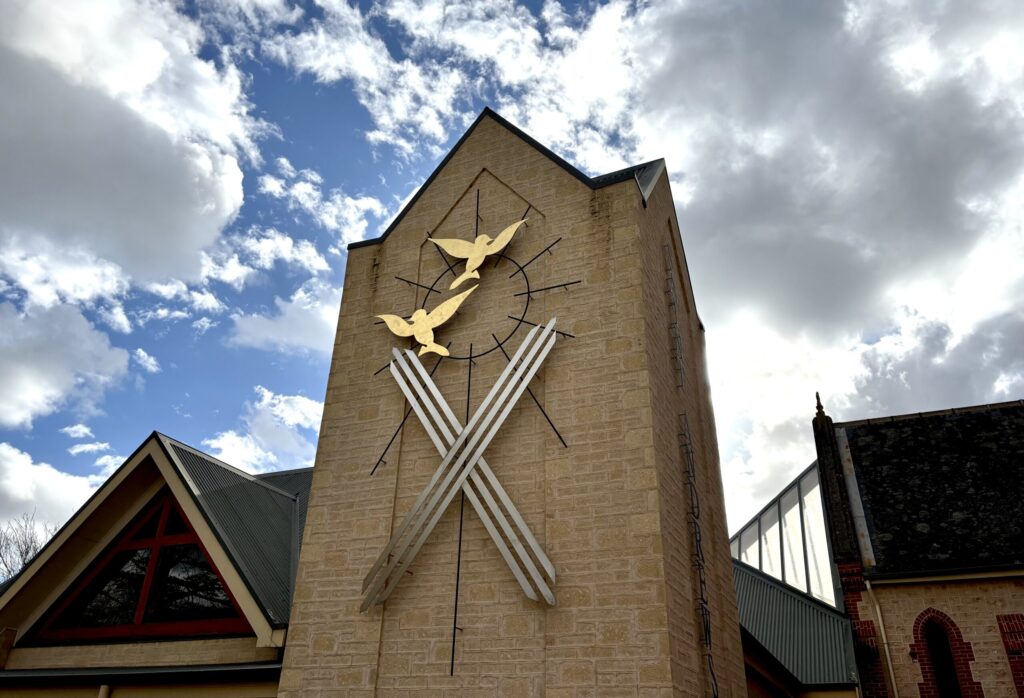
Conservation & Restoration
In 2006, St Andrew’s Church was listed on the State Heritage List. We are continuing to maintian this heritage building, with the financial and volunteer support of the Church and local community.
Currently, work is being undertaken to repair the garden wall on the eastern side of the Church, and several of the organ pipes.
The Church in 1850 and 2025.
